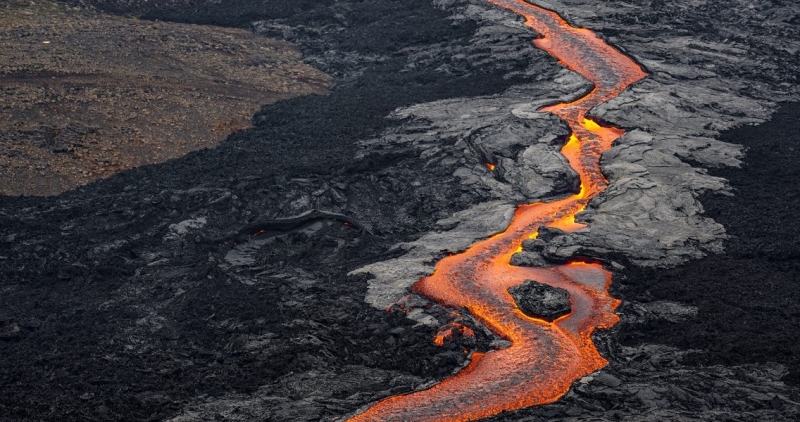
Few people manage to see a volcanic eruption, a glacier melting, and a meteorite fall with their own eyes. But anyone can come there afterwards to imagine what it was like and appreciate the scale if they wish. We talk about four tourist places in Russia where natural disasters occurred.
Village Kosh-Agach, Altai
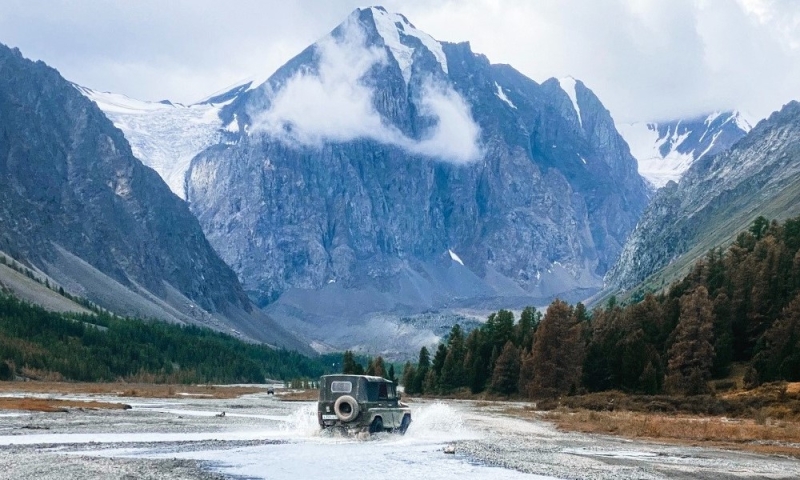
In Altai, near the village of Kosh-Agach, an earthquake occurred in September 2003, which became the strongest on the continental territory of the country since 1991. The magnitude of the main shock was 7.3. Cracks in the soil, collapses and landslides formed. More than 1,800 houses were damaged, and one village was completely destroyed. Fortunately, there were no casualties.
Some local residents believe that it’s all about the “Altai Princess” – the mummy of a young woman that archaeologists found in the Ukok tract in 1993. According to the Altai people, it could not be taken out of the burial ground.
What to watch:the village of Kosh-Agach itself can become the final point of a journey through Altai almost 500 km long. Drive from Gorno-Altaisk to the Chuysky tract, along the way stop at the Chike-Taman pass, at the Ilgumen threshold and at the Adyr-Kan sanctuary with ancient petroglyphs. Admire the confluence of the Chuya and Katun rivers, the geyser lake and, of course, the North Chuya Range as you drive to the Kurai steppe.
How to get there: planes from Moscow to Gorno-Altaisk fly every day, tickets cost from 6,500 rubles*. To drive along the Chuysky tract, rent a car.
Coordinates: route from Gorno-Altaisk to the village of Kosh-Agach.
Where to stay
In Gorno-Altaisk:
- Grand Hotel Altai (rating 9.1). Room rates from 3,600 rubles per night*;
- Park Hotel Manzherok (rating 8.1). Room rates from 5,000 rubles per night*;
- Altai Palace (rating 8.8). Room rates from 12,000 rubles per night*.
In the village of Aktash on the way to Kosh-Agach:
- Mini-hotel “AltaiEcoKedr” (rating 7.2). Cost per night 5,500 rubles*;
- Mini-hotel “Mountain Eagle” (rating 8.8). Cost per night from 5,800 rubles*;
- Recreation center “Atmosphere of Altai” (rating 8.8). Cost per night from 7,400 rubles*.
Tunguska Nature Reserve, Krasnoyarsk Territory
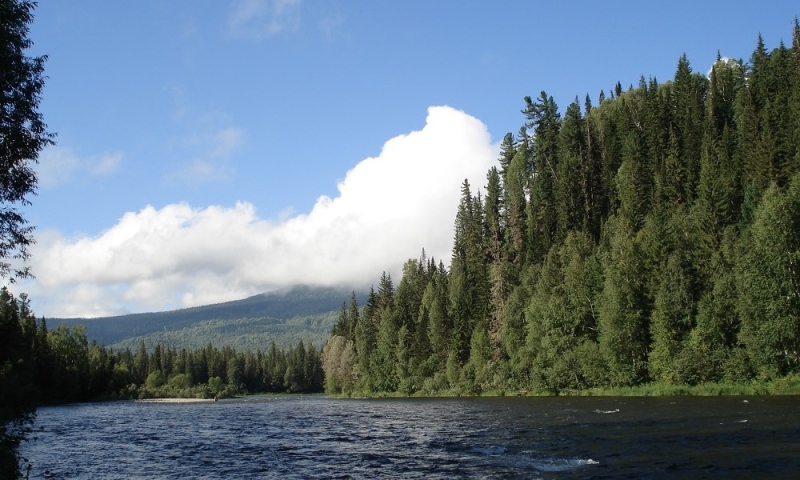
In 1908, a fireball flew in the sky over the taiga and exploded in the basin of the Podkamennaya Tunguska River (Krasnoyarsk Territory). According to one version, it was a meteorite. The power of the explosion was 10–40 megatons of TNT – comparable to the energy of an average hydrogen bomb. The sound was heard at a distance of more than 1,000 km, forest fell throughout the entire area, and windows were broken in many houses.
The fragments of the cosmic body, however, were not found. Scientists have put forward different hypotheses: that it was not a meteorite that fell, but part of a comet or an asteroid, or even a ship of an extraterrestrial civilization.
What to see: almost 90 years after the fall of the cosmic body, a nature reserve was founded in the area of the Podkamennaya Tunguska River. Now they conduct ecotours there – on water and on foot, with overnight stays in tents and cooking over a fire. Tourists are shown the supposed location of the meteorite fall.
How to get there: usually routes start from the village of Vanavara, where travelers arrive in organized groups. Flights from Moscow to Krasnoyarsk operate daily – prices start from 5,200 rubles* one way.
Coordinates: 60.344273, 102.283418 (Vanavara village).
Where to stay
In Vanavara itself there is little choice, and on a tour of the reserve you won’t have to choose – you only need a sleeping bag and a tent. But in Krasnoyarsk you can live comfortably:
- Siberian Safari Club (rating 9.1). Cost per night from 4,000 rubles*;
- Hotel “Oktyabrskaya” (rating 9). Cost per night from 4,700 rubles*;
- Hilton Garden Inn Krasnoyarsk (rating 10). Cost per night from 6,300 rubles*.
Bezymianny Volcano, Kamchatka
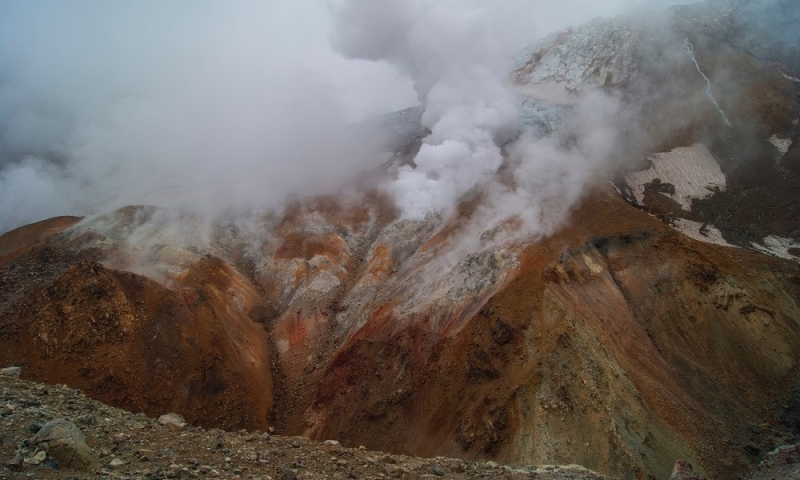
The Nameless Volcano slept for almost 1,000 years. Its awakening began with a series of earthquakes in October 1955: over the course of several months, a crater was formed, from which ash began to be ejected, after which a lava dome gradually formed inside.
The disaster occurred on March 30, 1956. First, the eastern part of the slope collapsed, causing an avalanche that destroyed everything in its path. The ash cloud reached a height of 40 km, lava spread across the valley, and the blast wave toppled trees over an area of 500 square meters. km. The top of Bezymyanny was also destroyed, because of this the volcano decreased from 3,075 to 2,882 m. And at the beginning of April 2023, Bezymyanny woke up again and threw ash to a height of 10-12 km.
What to see: alien landscapes and volcanoes Bezymianny, Klyuchevskoy, Tolbachik, Kamen and Ushkovsky.
How to get there: by plane from Moscow to Petropavlovsk-Kamchatsky. Ticket prices start from 15,300 rubles* one way. From there you can get to the volcanoes by rented car on your own or by bus with excursion groups.
Coordinates: 55.971904, 160.596854 (Bezymianny Volcano).
Where to stay:
- Hotel “Three Skis” (rating 9.2). Cost from 1,600 rubles per night*;
- Hotel “Arsenyev” (rating 9.5). Room rates from 3,800 rubles per night*;
- Apart-hotel Peak 3456. Cost from 5,000 rubles per night*.
Karmadon Gorge, North Ossetia
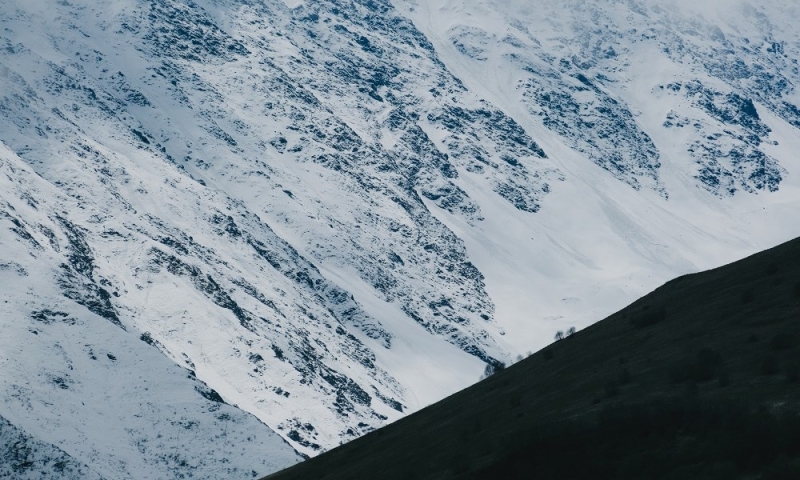
In the Greater Caucasus Mountains on the territory of North Ossetia there is the Karmadon Gorge – one of the most beautiful in the region. On September 20, 2002, the Kolka glacier descended here. Millions of cubic meters of snow, ice and stones flew down at a speed of 150–200 km/h, destroying everything in its path. At this time, Sergei Bodrov Jr. was returning to Vladikavkaz with the film crew of the film “Svyaznoy”. A mudflow overtook them in the gorge.
The collapse of Kolka came as a surprise to many: experts believed that in the coming decades the glacier would move smoothly without destructive disruptions.
The “Grieving Mother” monument reminds us of the tragedy in the Karmadon Gorge. Next to it stands a huge boulder brought by the glacier, and on it is a slab with the names of the missing. Another memorial to the victims of Kolka in the form of a man stuck in an ice block is located near the village of Gizel, where the mudflow stopped.
What to see: the gorge itself fascinates with the scale and beauty of the mountain landscapes. Also 10 km away is the village of Dargavs and the ancient city of the dead – the most famous necropolis in the Caucasus.
How to get there: planes from Moscow to Vladikavkaz fly daily, the journey takes about three hours. The cost of one-way tickets starts from 7,400 rubles*. In Vladikavkaz you can rent a car; the drive to the gorge is about 32 km. Another option is to get there by public transport. From the “Central Market” stop to the village of Karmadon there is route 115.
Coordinates: 42.859195, 44.515593 (Grieving Mother Memorial).
Where to stay
- Planet Lux (rating 9.5). Room rates from 2,700 rubles per night*;
- Grand Hotel Aleksandrovsky (score 9.4). Room rates from 7,600 rubles per night*;
- DoubleTree by Hilton Vladikavkaz (rating 10). Room rates from 8,500 rubles per night*.
*Prices are current at the time of publication.

